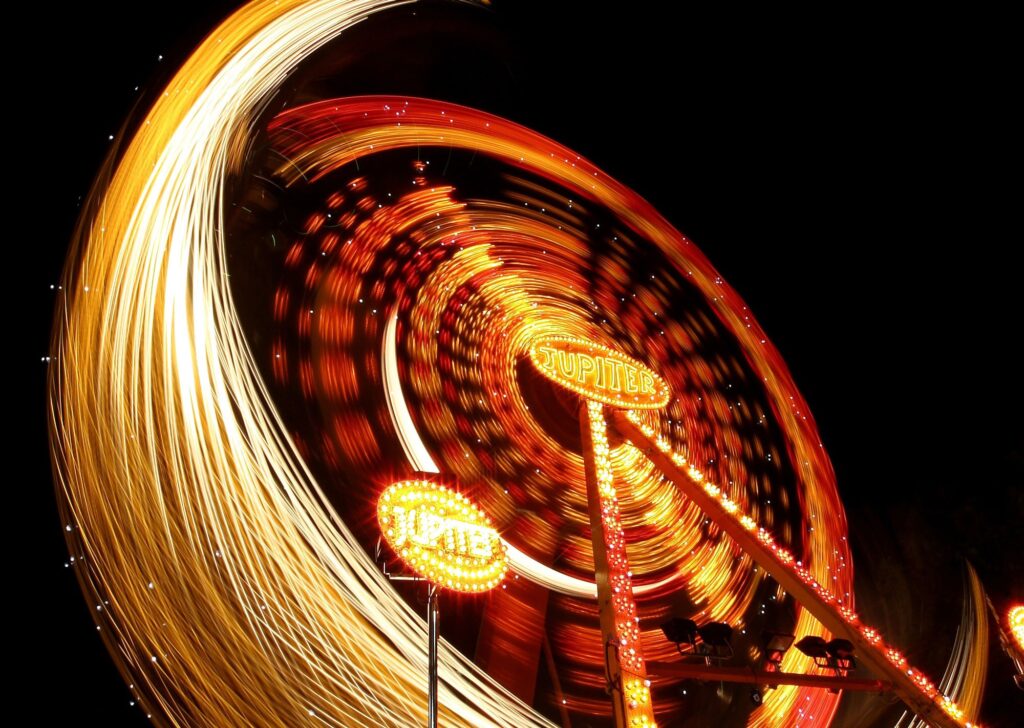Fight or Flight, Part 1: Training out Poor Responses

This post has been updated and re-posted from an earlier version.
I have just delivered an easy thrust toward my student’s chest. It is the action that she has been setting herself up to take advantage of, and for the third time instead of deflecting my sword aside and striking with a counter attack she has thrown her weapons sharply to the side in a panicked movement that has left me in the advantage position. What’s more troubling is that five minutes before she had been conducting this technique perfectly. What has changed?
Throughout the training session so far we have been doing all of our practice fencing at medium speed (we call it speed “three”. It’s the mid point in a five-point scale of movement speed limits that ranges from glacial to full out combat speed). We’re still fencing at the same speed. The difference is that we have put on fencing masks.
Flight Response Engaged
When I ask her about how this change has affected her, she comments that now she feels more vulnerable to my attacks. I could strike her in the face at any moment, and even though it’s protected this scares her on a less rational level. Perhaps my attacks might be more vehement now that her armour is being trusted to protect her instead of simply my control.
I decide to return us to the non-mask training exercise to see if we can return to the place we started in (then perhaps bring that feeling back to the masked training) but things remain the same. Her “fight or flight” (and in this case “flight”) response has been engaged. She is reacting, not responding. She knows what she wants to do but every time the particular stimulus comes her body leaps to its most conditioned panic response.
When the threat response of the brain is activated oxygen and glucose are rerouted to the brain’s basic survival functions. Studies have shown that though this can lead to quick reactions it impairs analytic thinking, creative insights, and problem solving—all key qualities for dealing with an opponent.
Return to the Fight
If you believe you can beat your opponents through simply being faster or stronger, dumping adrenalin and relying on your brain’s most primitive responses could be your ticket to success but in any encounter where the sides are mismatched or the environment adds complexity to the situation, having the capacity to reassess the situation, analyze your opponent’s weaknesses, change your strategy away from a failing one, and maximize your own strengths while moving toward your opponent’s weaknesses is ideal if not vital. It’s also a heckuva lot less tiring.
Next week we’ll examine solutions and healthy methods to cultivate combative calm.
Devon





Responses